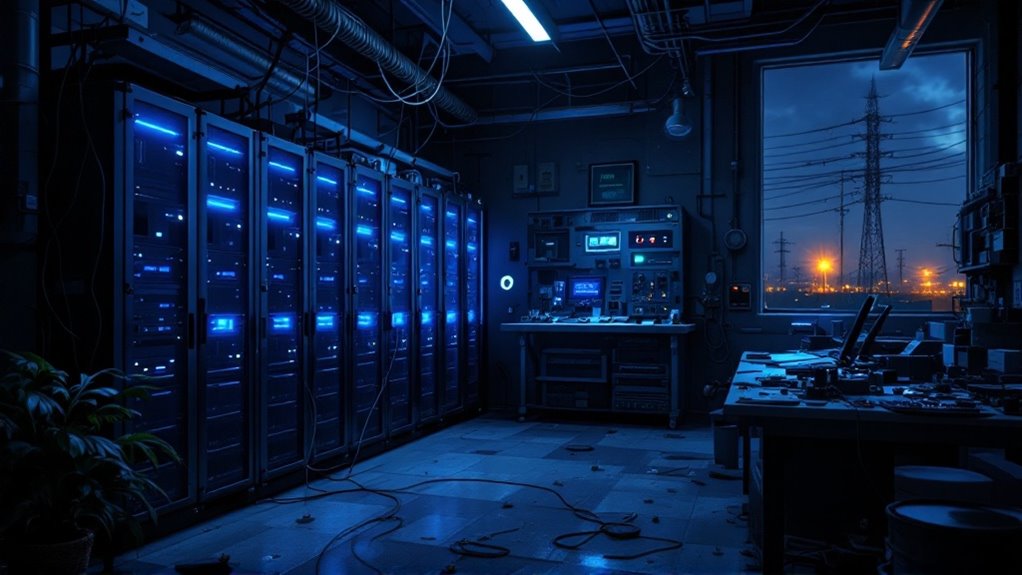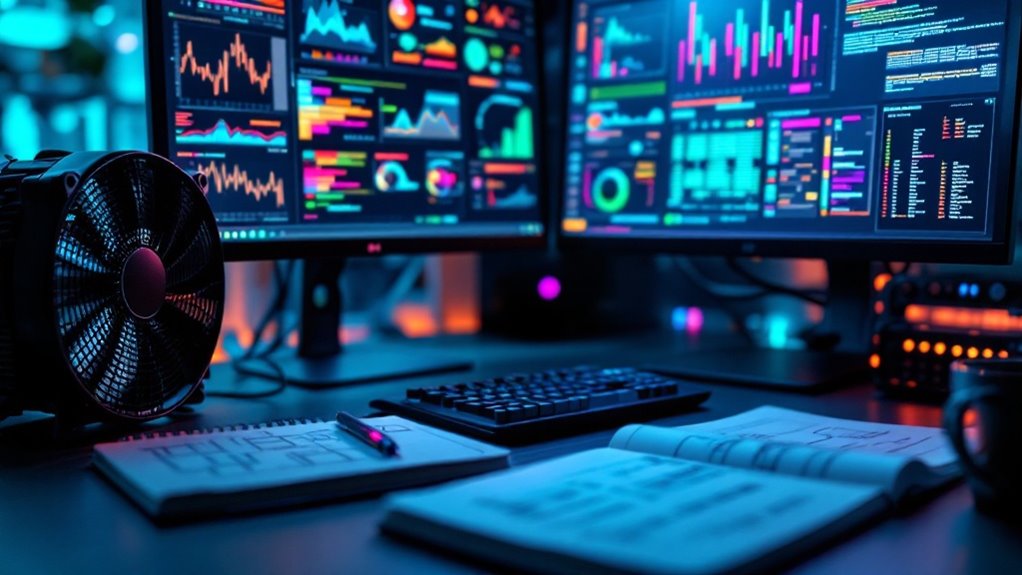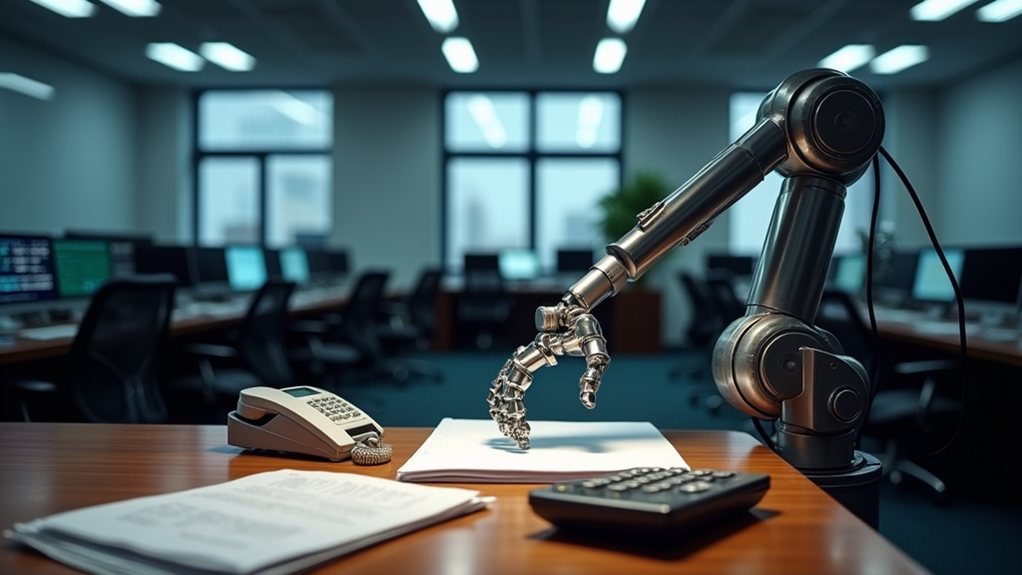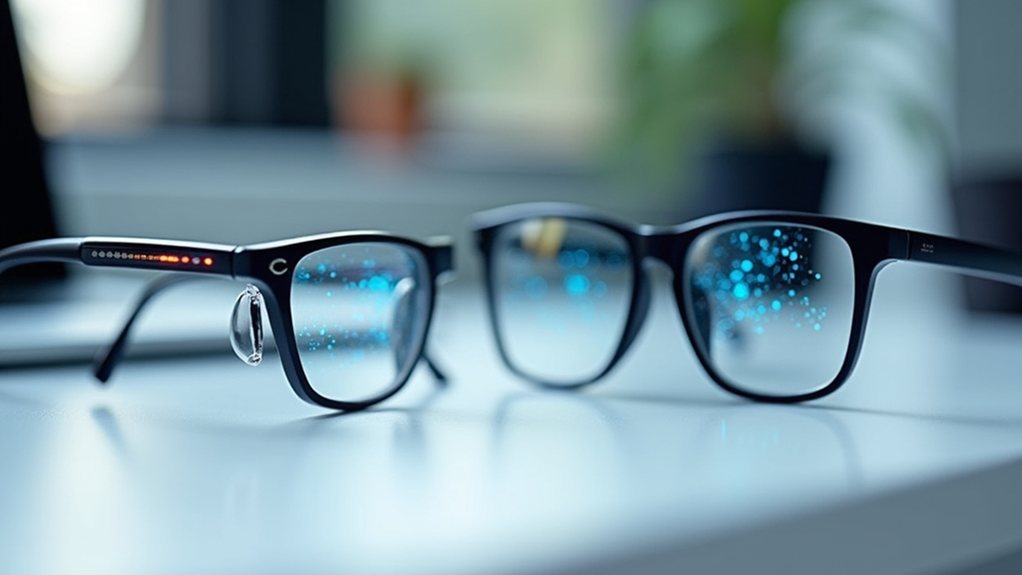Figure AI is owned and steered by Brett Adcock, co-founder of Archer Aviation, but don’t picture one mad scientist at the helm—this is a full Silicon Valley circus. Backers include Microsoft, Nvidia, Intel, and Amazon, so the boardroom’s practically a “Big Tech Avengers” reunion. Structure? Classic startup: tech leadership, swarms of AI engineers, a unicorn’s bankroll ($2.6 billion valuation), and investors with pockets deeper than a Marvel plot hole. Stick around to see just who’s pulling the strings.
Corporate ambition, meet your new mechanical overlords. Figure AI isn’t just another Silicon Valley startup with a robot mascot and a dream of infinite venture capital. It’s the brainchild of Brett Adcock—serial entrepreneur, Archer Aviation co-founder, and the guy who probably already has a humanoid butler fetching his coffee. Founded in 2022, Figure AI set out to tackle labor shortages, productivity slumps, and maybe, just maybe, the existential boredom of warehouse work.
Meet Figure AI: the startup where corporate ambition gets a humanoid upgrade, courtesy of Brett Adcock and his Silicon Valley dream team.
The leadership roster? Think Ocean’s Eleven, but swap the tuxedos for lab coats and AI PhDs. Over 100 years of combined experience in AI and robotics, all based out of Sunnyvale, California—because where else would you prototype the future? They’re not just building robots; they’re building an empire of actuators, neural control chips, and proprietary alloys, all under one roof. Vertical integration is the name of the game, and Figure AI wants every piece of it. Figure AI’s team is renowned for its deep engineering expertise in creating humanoids that can think and act autonomously, setting it apart in the robotics landscape.]
Now, what’s actually walking around the lab (or your warehouse, soon enough)? Figure 01: the rookie bipedal prototype. Figure 02: upgraded with speech-to-speech UI and grabbier hands. Helix AI: the proprietary neural operating system that makes these bots less Roomba, more “Minority Report.” And if you’re looking for mass production, the BotQ Facility is set to pump out 12,000 humanoids a year by 2025.
Ownership? Follow the money. There’s $745M in funding, with Microsoft, Nvidia, Intel, Amazon, and even Jeff Bezos himself pitching in—presumably to make sure their future robot overlords know who’s boss (spoiler: it’s still the one with the biggest checkbook). Parkway Venture Capital led the early rounds, but the 2024 Series B ($675M at a $2.6B valuation) put Figure AI on the unicorn leaderboard.
Figure AI isn’t just hiring from MIT and Stanford. They’re running apprenticeship programs, partnering with academia, and gunning for commercial labor markets first—household bots by 2030, if all goes to plan. Ready or not, the robot workforce is clocking in.









